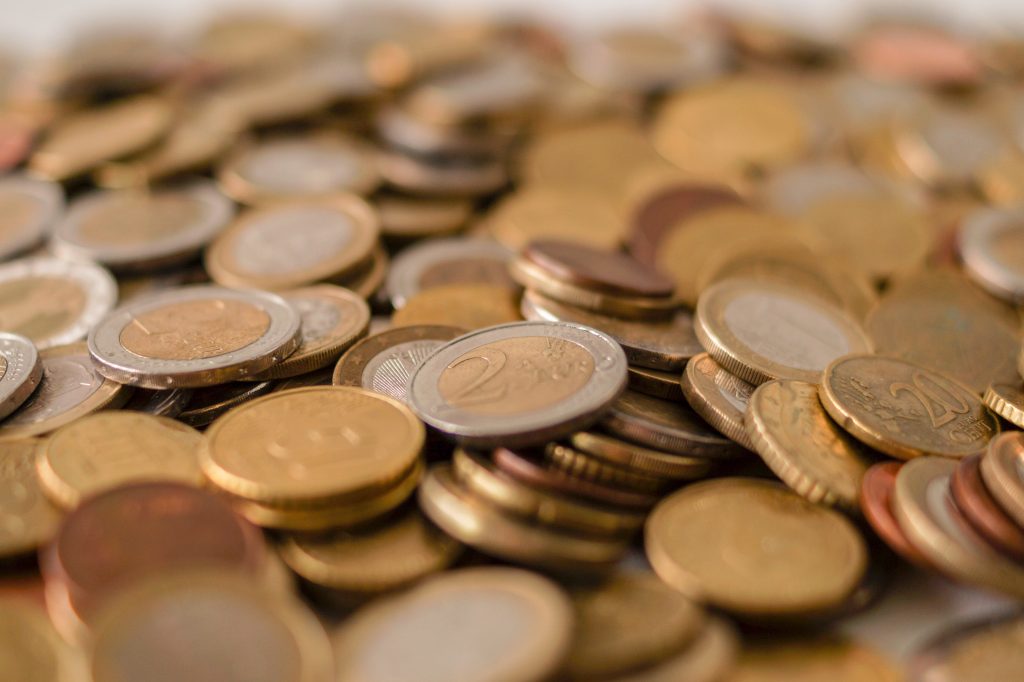Using a PEG Rate in International Markets

Direct Selling companies that allow distributor sales across multiple international markets often use a set rate to help offset the costs of doing business internationally. Some companies will set a fixed rate (sometimes referred to as a PEG rate), and others will vary the commissionable volume to each specific market. Either way, the company is attempting to account for currency differences between the markets.
For the purposes of this discussion, we’ll use PEG rate. Different from a flat exchange rate, the PEG rate takes into consideration fluctuation in the currency, customs and duties incurred, shipping cost increases, etc. Once set, the company won’t typically change the PEG rate very often – for example, an annual review is done by the company leadership team to determine if the market has made any shifts since the PEG rate was set.
A PEG rate will impact the following aspects of the business:
- Retail product pricing – what price will a product be sold within a market
- Example: (Personal Retail Points for a Product) x (Market PEG Rate) + VAT
- Typically, the company will calculate the product pricing internally without VAT first, add the VAT rate for the given market, and then make some tweaks to the price to create a final product price with better market appeal – e.g. $42 Euros instead of $42.51 Euros.
- Example: Company A pricing a $29 USD Product X in Germany:
- $29 USD (Product X) x 0.91 (the decided on PEG rate) = $26.47 Euros + $5.03 Euros for VAT = $31.50 Euros (listed price).
- Prices listed on the website must be tax inclusive for many countries.
- Obviously, the PEG rate would appear higher (to an outside observer) when looking at the final VAT inclusive price. However, the distributor is getting paid on pre-tax pricing.
- Example: Company B pricing a $30 USD Product Y in
UK :- $30 USD (Product Y) x 0.833 (the decided on PEG rate) = $25 GBP + $5 GBP VAT = $30 GBP
- Example: (Personal Retail Points for a Product) x (Market PEG Rate) + VAT
- Retail commission – what commission will be paid to a distributor who sells a product
- Note: Commissions are paid on pre-tax prices in almost all markets
- Example: Company A German distributor selling Product X within Germany:
- (Personal Retail Volume) x (Personal Commission Rate) x (Market PEG Rate)
- (29 PRV) x (20%) x (0.85) = 4.93 Euros (for 20% commission)
- Depending on its policies, a company may need to explain the commission policy should a cross border sale occur (e.g. a Canadian shopper buying a product from an Australian distributor).
- Example: Company B UK distributor selling Product Y within the UK
- (Personal Retail Volume) x (Personal Commission Rate) x (Market PEG Rate)
- (30 PRV) x (20%) x (0.8333) = $5 GBP (for 20% commission)
- Example: Company C French distributor selling $79 Euro Product Z within France
- $79 Euro Product Z has a PRV of 65
- (65 PRV) x (25%) = $16.25 Euros (for 25% commission).
- Note that in this case, Company C simply adjusted the commissionable volume for each market and published the adjusted amount. They’re still using a PEG rate of 0.82, they’re just not advertising it directly.
- Month-end commission – what earning will a distributor make from their downline volume
- Many companies follow a similar model:
- (Team Wholesale Points) x (Team Commission Percentage) x (Market PEG Rate)
- Example: Company A payment on team volume in Germany:
- (300 team wholesale points) x (5% for team on earned rank) x (0.85) = $12.75 Euros
- Many companies follow a similar model:
- Incentives and Rewards – what amount will be paid out for an earned incentive, reward, or perk that has a dollar amount associated with it
- Depending on the different incentives, perks, or rewards a company has (e.g. a 30 day fast start bonus payout for new distributors, or a special bonus payout for reaching a particular title, or
hostess / party rewards, etc.), the company will want to take the PEG rate into consideration when determining the payout amounts for a given market and currency. - Each company handles this a little different – some apply the PEG rate, some simply apply the current exchange rate, and some just set a given dollar amount equivalent for that market.
- Depending on the different incentives, perks, or rewards a company has (e.g. a 30 day fast start bonus payout for new distributors, or a special bonus payout for reaching a particular title, or
- Shipping Tiers – what are the tiered shipping thresholds for a given order size
- Depending on the company shipping strategy (i.e., who pays for shipping and at what rate for a given order size), the company will want to take the PEG rate into consideration when determining the shipping thresholds.
- Where VAT / GST applies, typically the shipping tiers are tax inclusive
Naturally, careful planning, communication, and training should be taken up front to avoid constant tweaks and miscommunications when opening a new market.